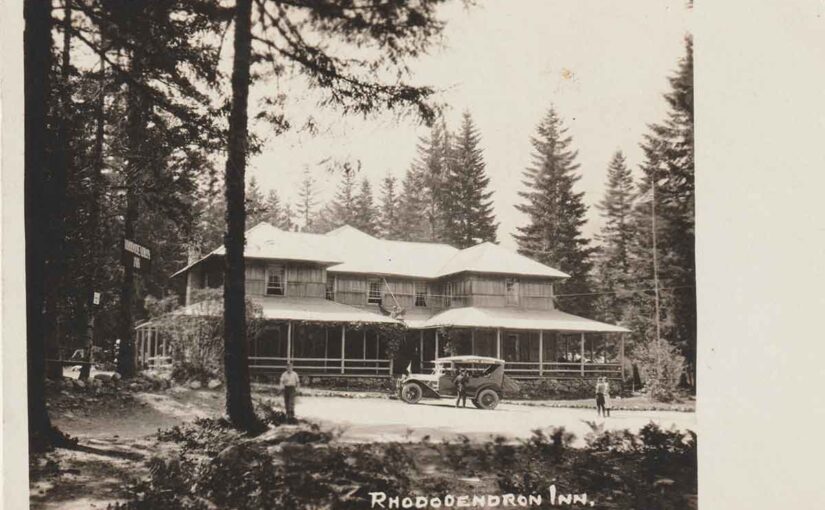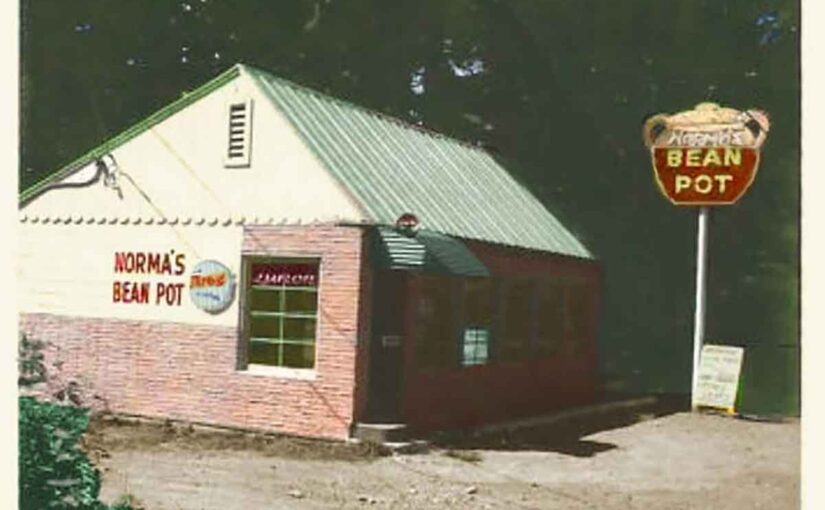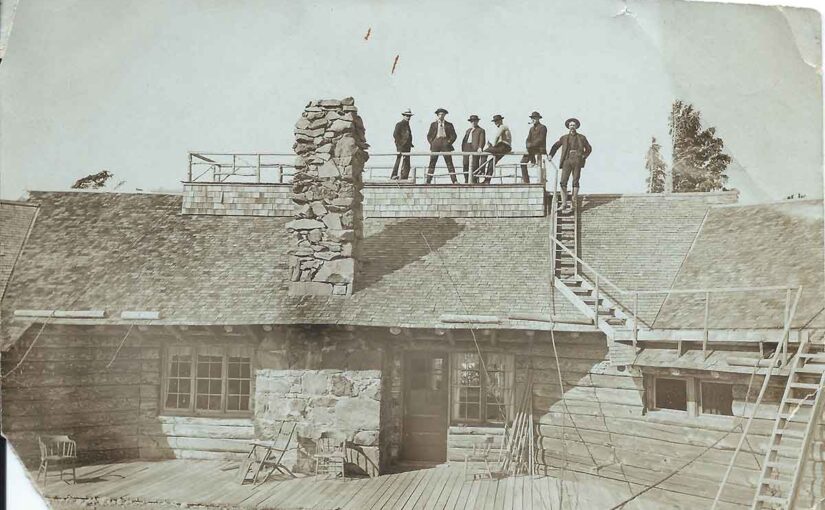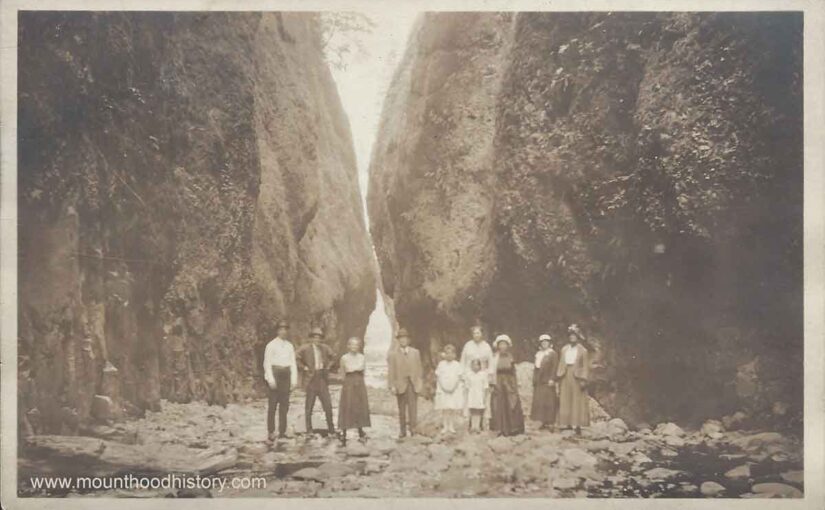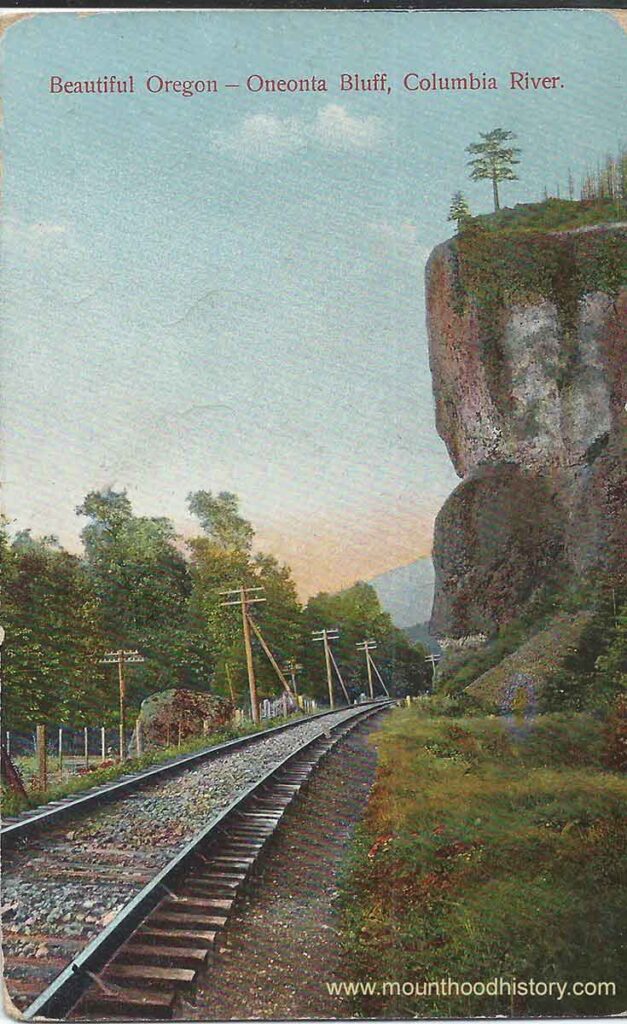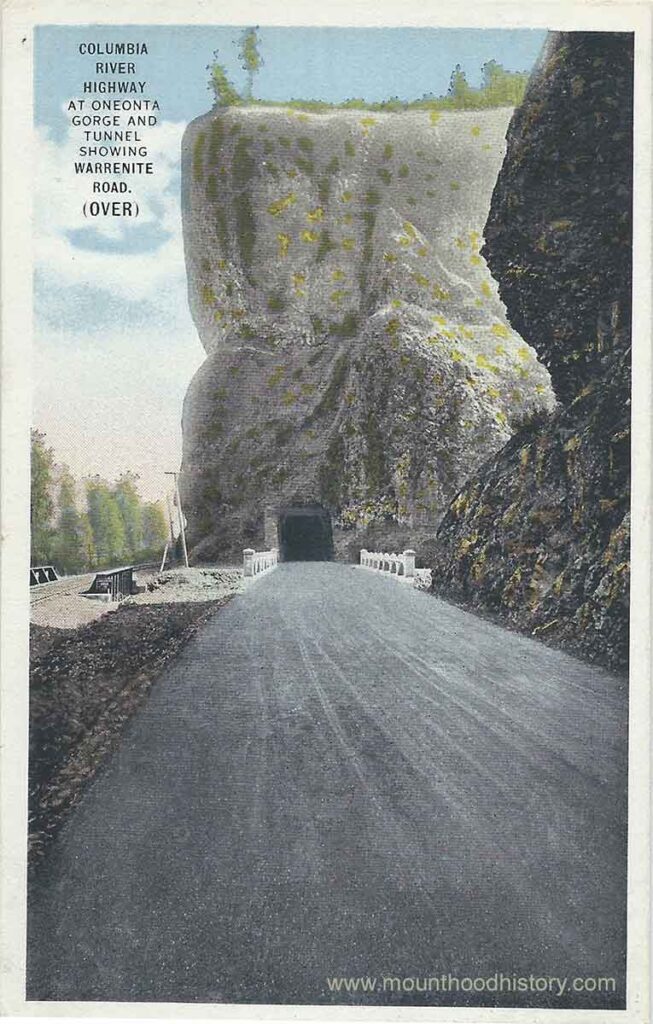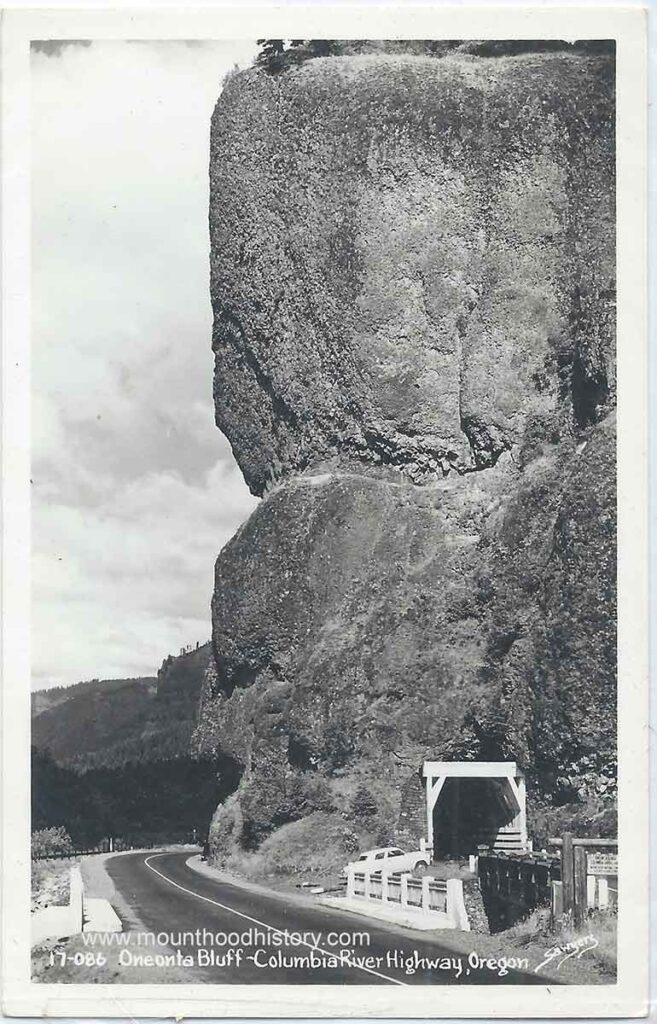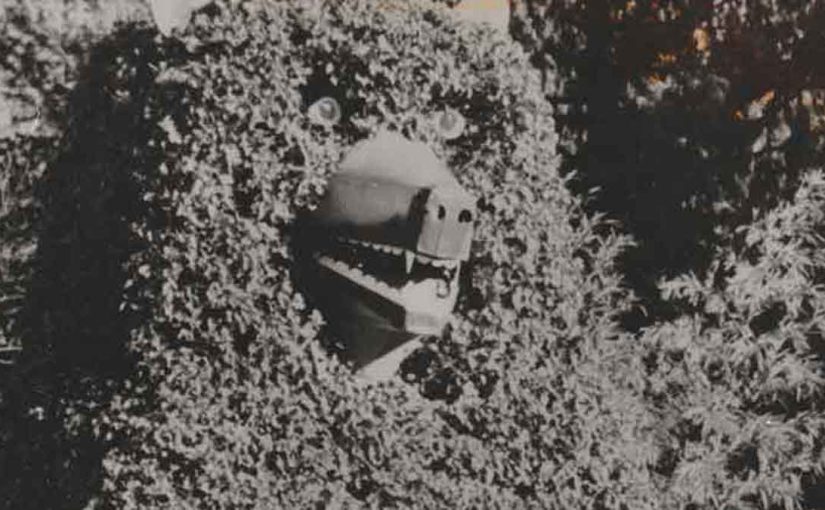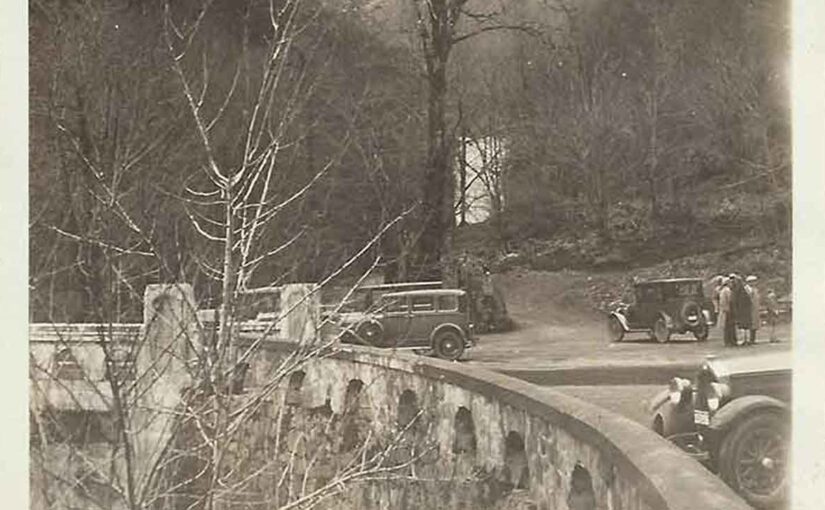The Rhododendron Inn: A Lost Landmark of Mount Hood
In the early days of travel on the south side of Mount Hood, weary travelers relied on roadhouses and inns for a bed and a meal as they made their way up the old road to the mountain. The roads were rough, and automobiles were slow. Unlike today’s quick hour-long drive from Portland to Mount Hood, early motorists often spent the better part of a day reaching their destination.
As a result, numerous roadhouses, hotels, and restaurants sprang up along the route to serve visitors. In the town of Rhododendron, one of the most well-known stops was the Rhododendron Inn—a mountain retreat that became an essential piece of the area’s history.
The Founding of the Rhododendron Inn
The Rhododendron Inn was built in 1905 by Henry S. Rowe, who served as Portland’s mayor from 1900 to 1902. He chose 160 acres of land he owned in Rhododendron, believing the location to be perfect for a wilderness retreat. To bring his vision to life, he enlisted Lee Holden, Portland’s fire chief during Rowe’s administration. Holden not only designed the inn but also oversaw its construction.
By 1910, Holden took over ownership of the hotel. That same year, the Rowe post office was established at the inn. However, in 1920, the name was changed to Rhododendron, as required by the U.S. Post Office Department.
Emil and Suzette Franzetti: The Inn’s Golden Years
In 1912, Emil and Susette Franzetti, experienced European hoteliers, purchased the Rhododendron Inn from Holden. Born in Lugano, Switzerland, Emil Franzetti was not only an innkeeper but also a renowned chef whose career took him across Europe, where he trained in some of the finest hotels. His skills became so exceptional that he even cooked for the King of Italy.
Before coming to Mount Hood, Emil had worked as a head chef in top U.S. establishments, including The Quelle in Portland, famous for its crawfish dishes. However, he and Suzette saw an opportunity to transform the Rhododendron Inn into a first-class mountain resort, offering guests an unforgettable experience in the wilderness.
A Premier Mountain Retreat
Under the Franzettis’ leadership, the Rhododendron Inn flourished, attracting visitors seeking both relaxation and adventure. They expanded and modernized the property, introducing a range of new amenities:
- A 60’x100’ dance hall that hosted lively evening entertainment.
- A 50’x100’ spring-fed concrete swimming pool, providing summer recreation.
- Tennis and croquet courts, catering to sports enthusiasts.
- Bridle paths and hiking trails, offering direct access to the surrounding forests.
- An annex across the road, plus several cottages and tent houses, giving guests more lodging options.
Emil’s culinary expertise also became a major draw. He personally caught fresh trout for guests, ensuring that each meal was high-quality and memorable. His dedication to hospitality helped solidify the Rhododendron Inn as one of Oregon’s most celebrated retreats.
Tragedy Strikes: The Death of Emil Franzetti
Despite their success, tragedy struck the Franzetti family. On November 17, 1916, Emil Franzetti was driving near the Zigzag Ranger Station when his car skidded off the road and overturned in soft sand. He was trapped beneath the vehicle for hours before a passing farmer discovered him.
Although rescuers rushed him to St. Vincent’s Hospital, Emil never regained consciousness. At just 35 years old, his life was tragically cut short. His funeral was held at St. Mary’s Cathedral in Portland, where members of the Mazamas Winter Skiing Club honored him.
Susette, however, refused to let Emil’s death end their dream.
Susette Franzetti’s Determination
For seven years after Emil’s passing, Susette Franzetti continued running the Rhododendron Inn on her own. Fluent in seven languages, she managed the business with skill and resilience, maintaining the inn’s reputation as a premier mountain retreat.
However, in 1924, she made the decision to move on. She sold the inn and 20 acres to William and Julia Cash. The remaining land was subdivided into lots, many of which became home to Henry Steiner-built log cabins, which still stand today.
The Final Years of the Rhododendron Inn
Following Susette’s departure, the Rhododendron Inn changed hands multiple times. While the inn continued to operate, each transition marked a new era for the property.
- In 1932, a fire destroyed the annex building.
- In 1943, new owner Thomas Rex renamed it the Rex Inn.
- In 1949, during a harsh winter cold snap, the inn caught fire and burned to the ground. Reports suggest that a blowtorch used to thaw frozen pipes may have accidentally ignited the blaze.
The Lost Landmark: What Remains Today?
The Rhododendron Inn once stood in a location just south of today’s Highway 26, near the pedestrian suspension bridge over the Zigzag River on the west side of town.
Today, all traces of the inn are lost. No structures remain, and nature has reclaimed the land where guests once danced, dined, and explored the wilderness. While the inn itself is gone, its legacy lives on in the history of Mount Hood tourism and the stories of those who passed through its doors.
Remembering the Rhododendron Inn
The Rhododendron Inn was more than just a hotel—it was a symbol of Mount Hood’s early tourism industry. Thanks to the vision of Henry S. Rowe, the craftsmanship of Lee Holden, and the dedication of Emil and Susette Franzetti, it became a beloved destination for travelers seeking both adventure and luxury in the mountains.
Although time has erased the Rhododendron Inn, its story remains an important chapter in Oregon’s history.
Discover More Mount Hood History
If you love learning about Oregon’s past, check out more stories at MountHoodHistory.com.
Do you have memories or stories about the Rhododendron Inn? Share them in the comments below!

